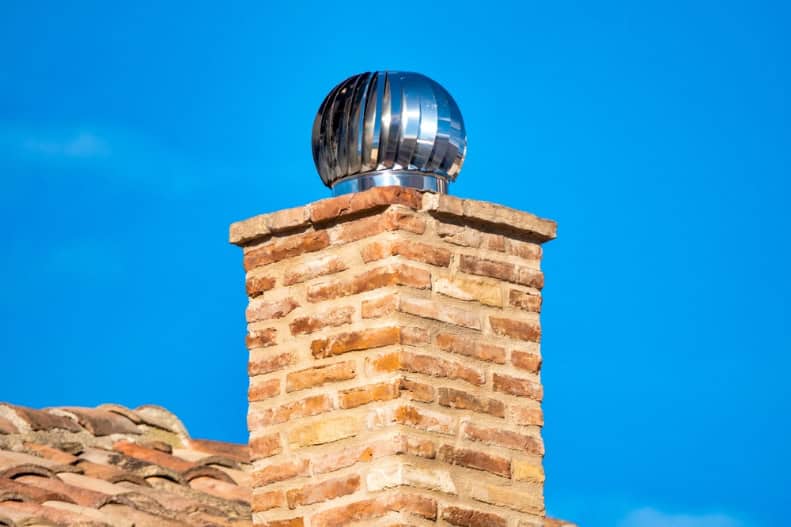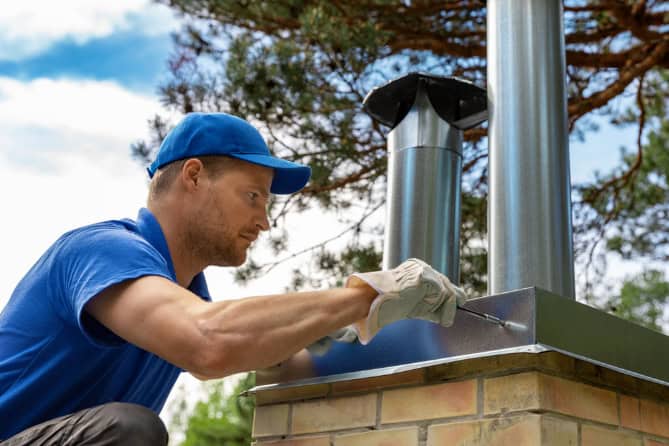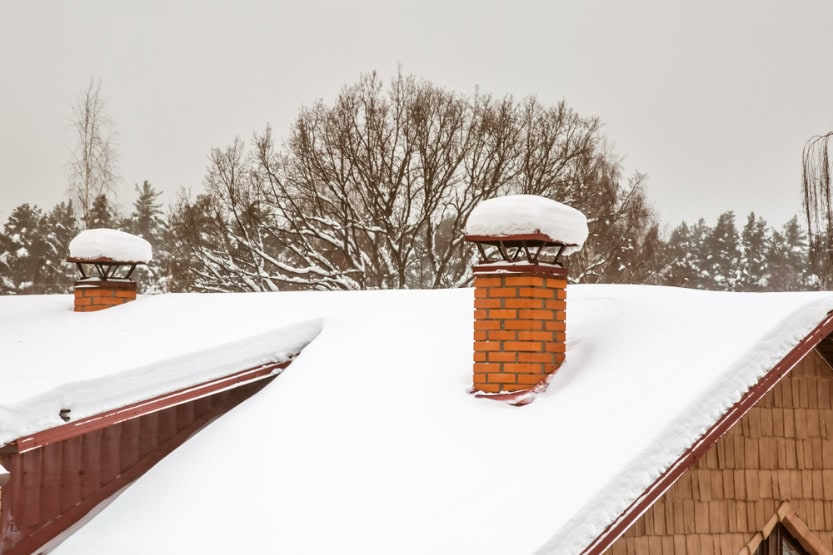Custom chimney caps that actually fit your chimney and protect your Newport home from costly water damage.

Hear from Our Customers

Your chimney stops letting water into your home. No more staining on interior walls or musty smells from moisture buildup. No more animals making nests in your flue.
You get a custom-fitted stainless steel cap that handles Newport’s coastal conditions without rusting out in two years. The kind that actually keeps working instead of becoming another repair bill.
Your home stays dry. Your chimney system lasts longer. You stop worrying about what the next big storm might do to your house.
We’ve been handling Newport area chimneys since 2000. The same core team, the same commitment to doing things right the first time.
We’re CSI certified technicians who actually know what we’re looking at when we inspect your chimney. Not general contractors trying to figure it out as they go.
You’re dealing with professionals who understand Newport’s unique coastal challenges and have the certifications to back up our recommendations.

We start with a free estimate where we actually measure your chimney and assess what type of cap will work best. Not a quick glance and a guess.
If you need a standard size, we can often install it the same day. Custom caps take a few days to fabricate, but they fit properly and last longer than forcing a standard size to work.
Installation includes securing the cap properly and checking that your chimney crown and flashing are in good shape. No point putting a new cap on a chimney that’s going to leak anyway.

Ready to get started?
Stainless steel construction that won’t rust out from Newport’s salt air. Standard galvanized caps might be cheaper upfront, but they’re not cheaper when you’re replacing them every few years.
Custom fabrication for chimneys that don’t fit standard sizes. A lot of Newport’s older homes have chimney dimensions that require custom work to seal properly.
We handle single flue caps, multi-flue caps, and full chimney covers depending on what your setup needs. The goal is keeping water out while allowing proper ventilation.
